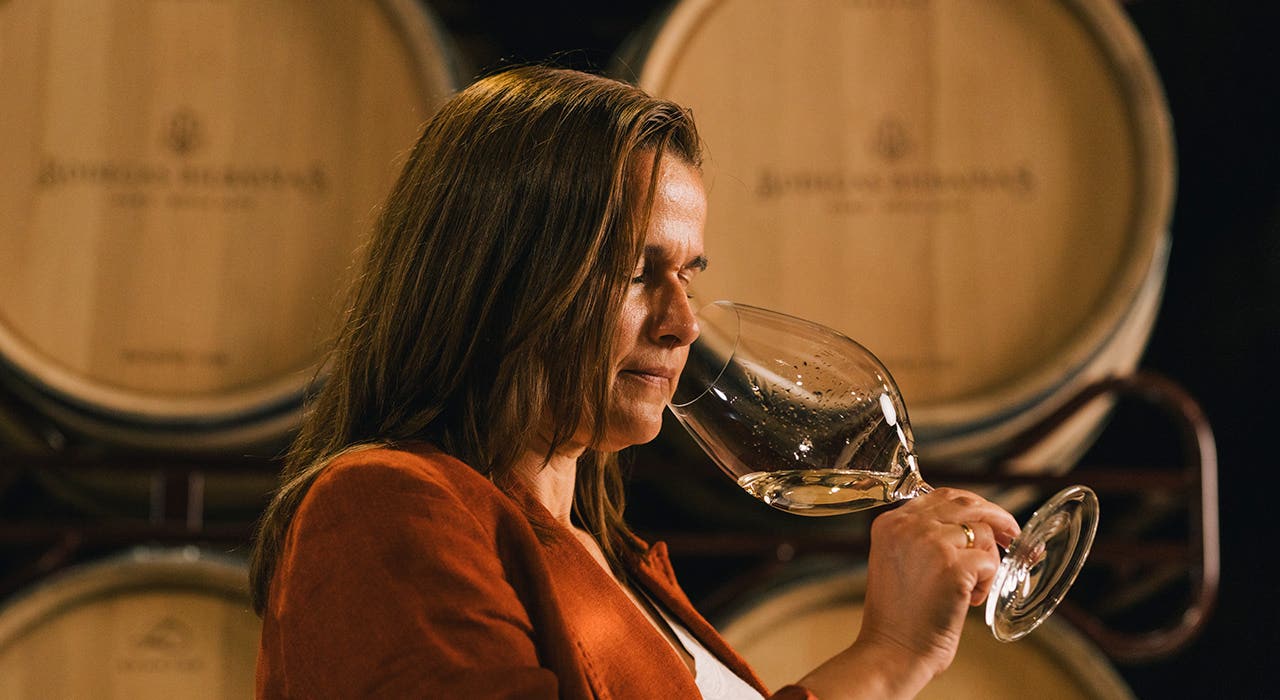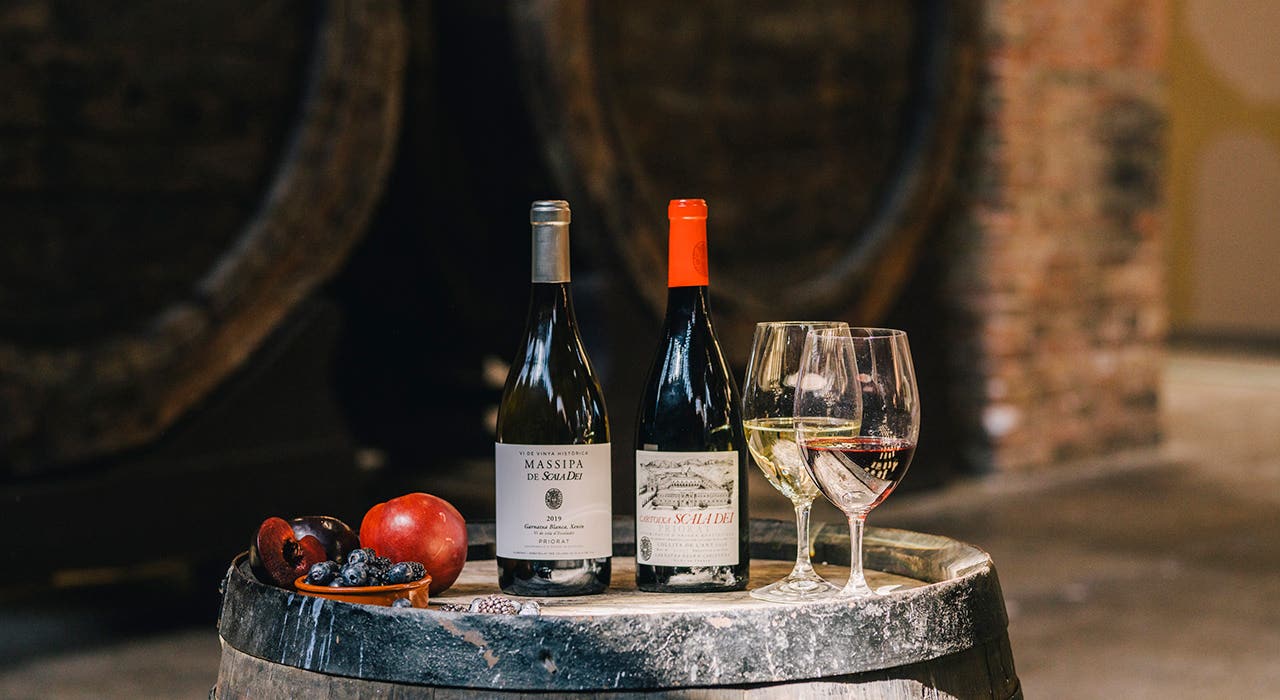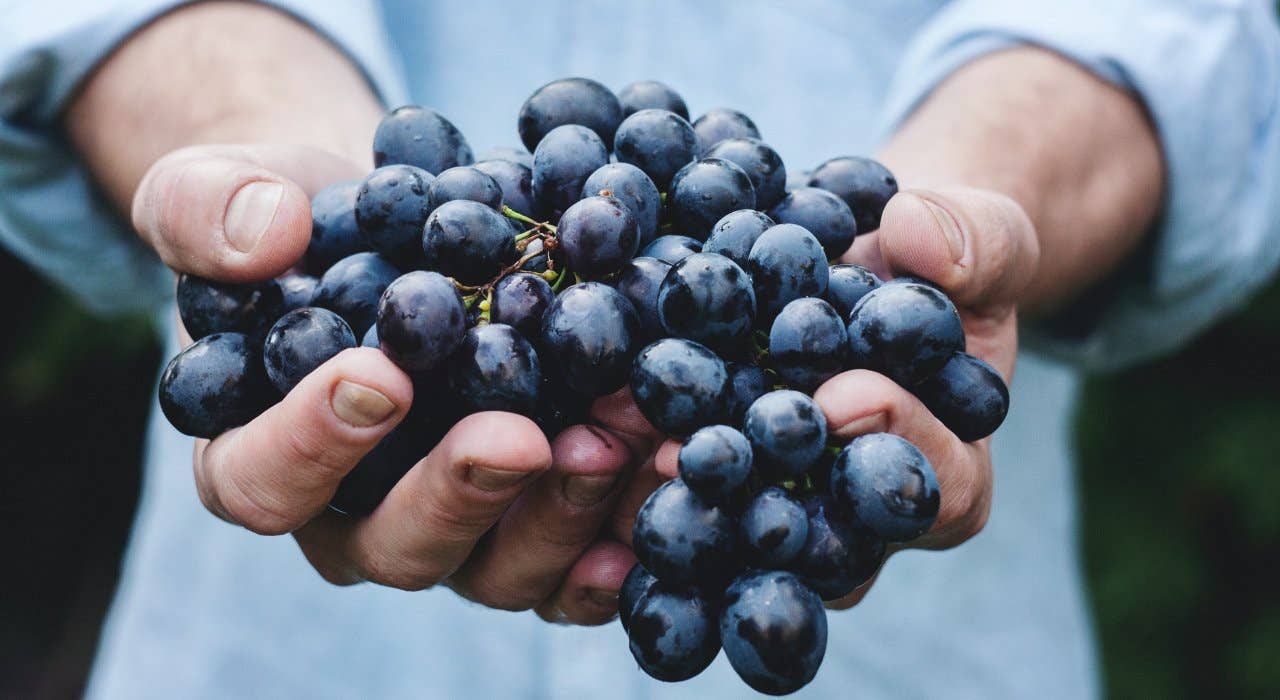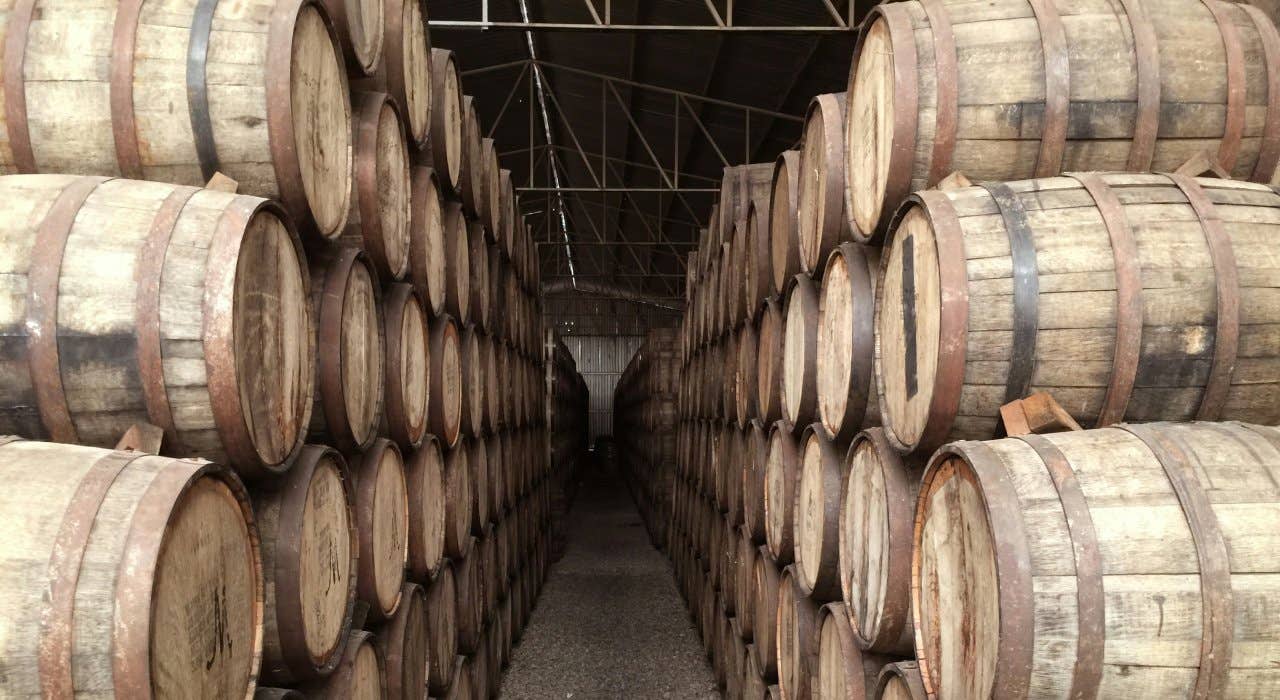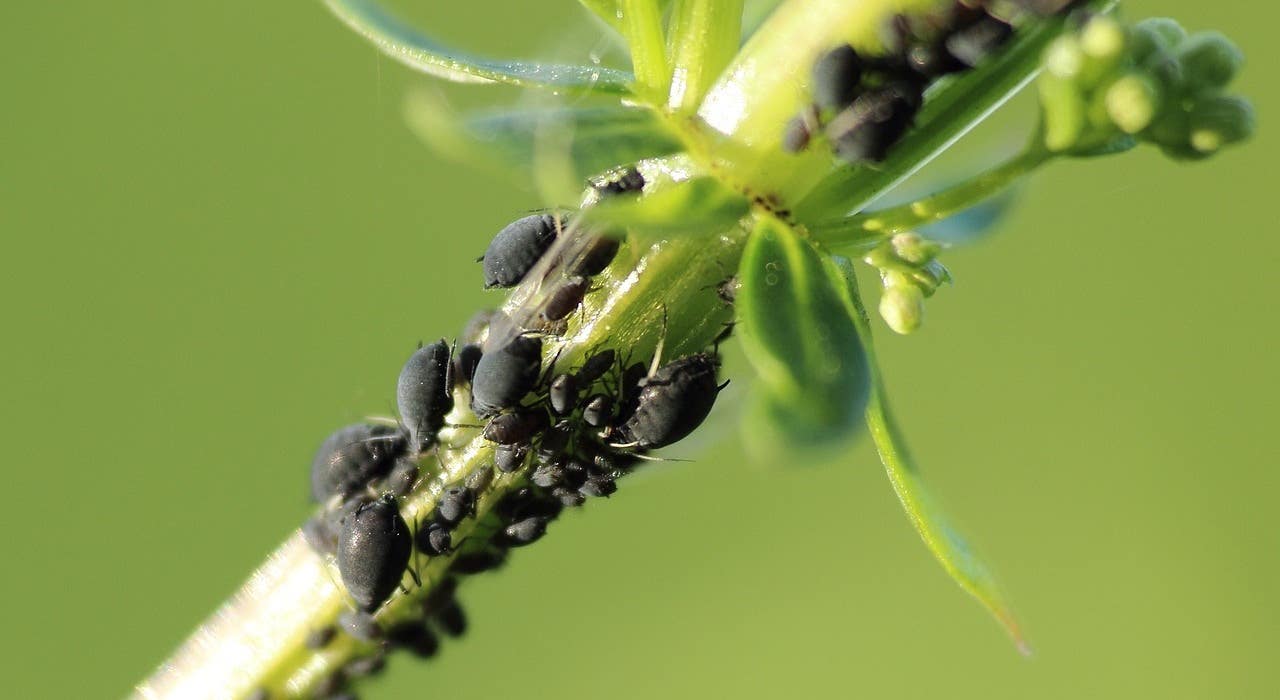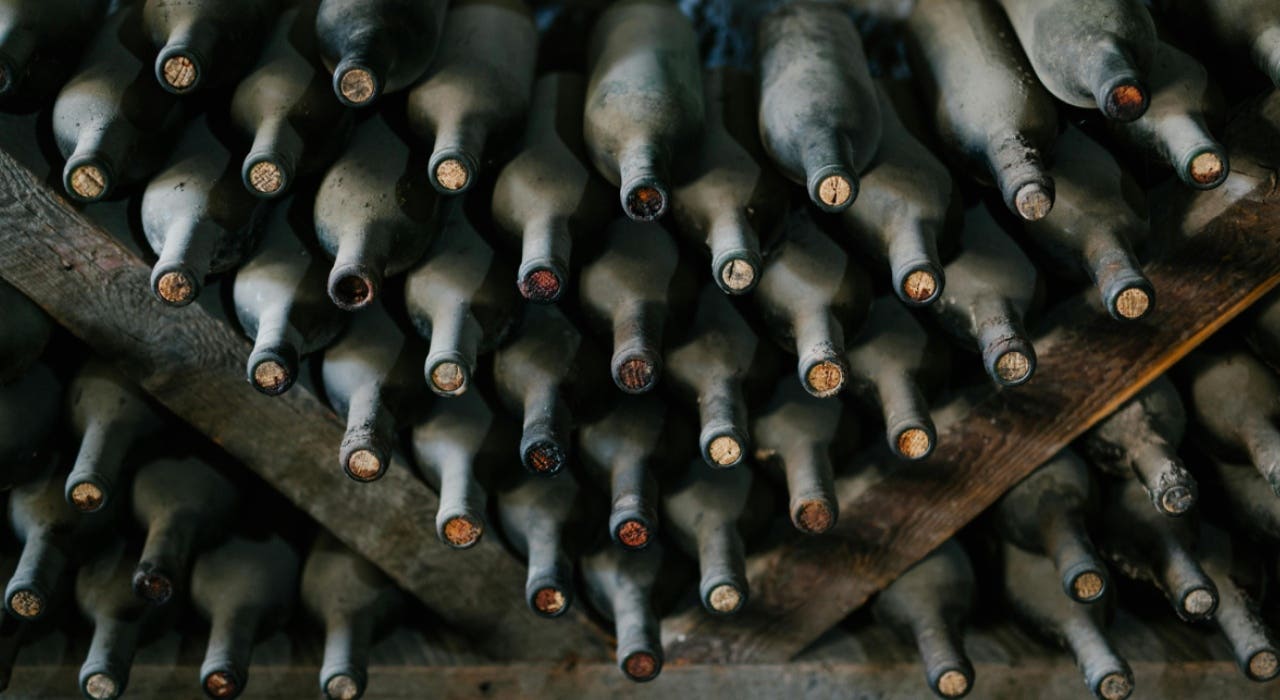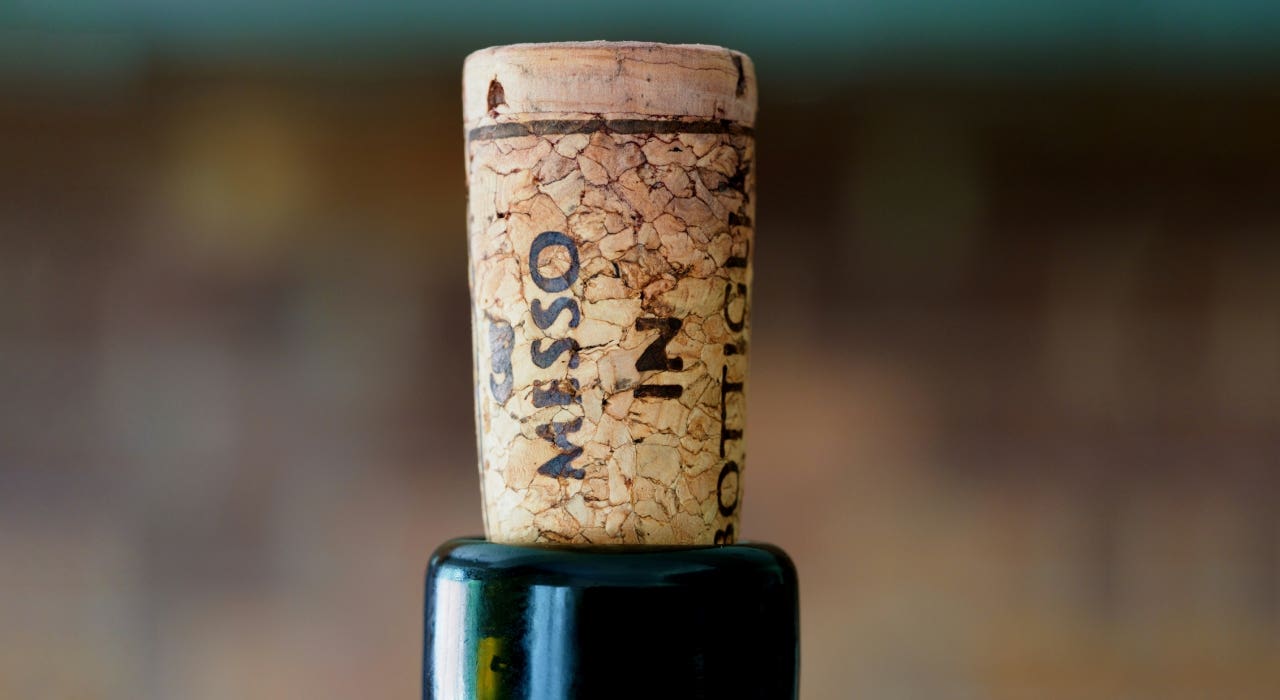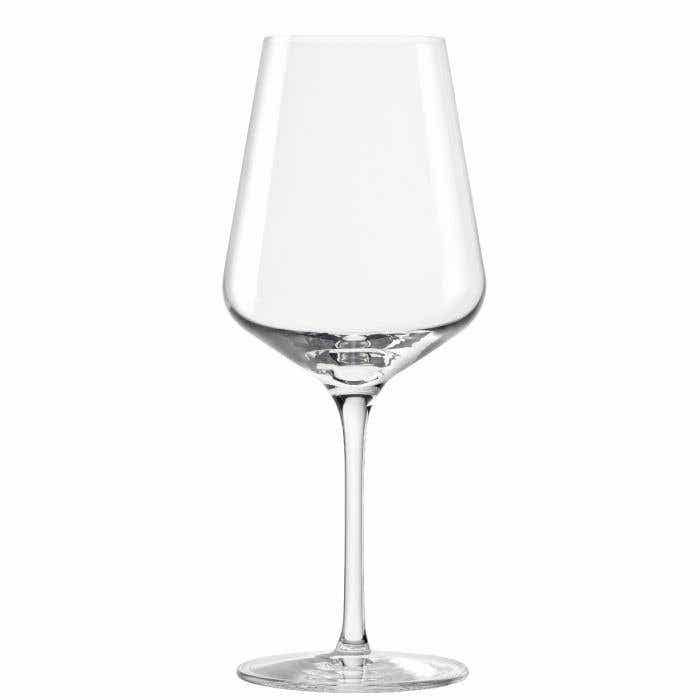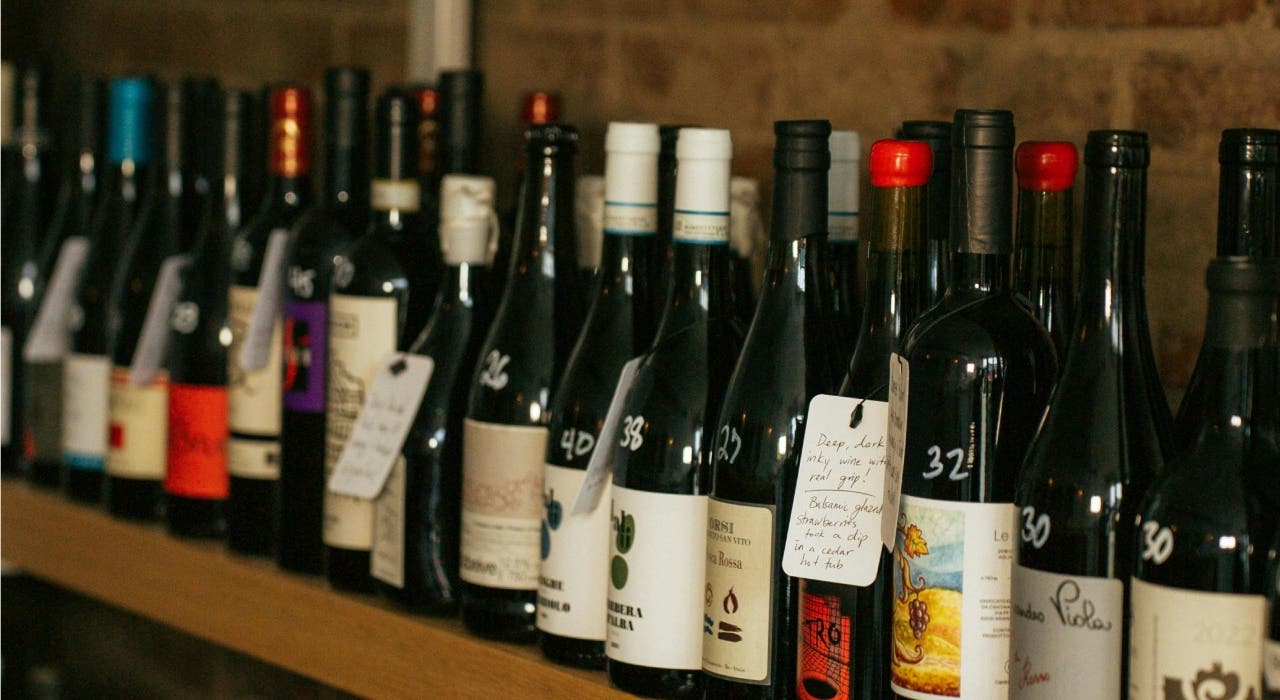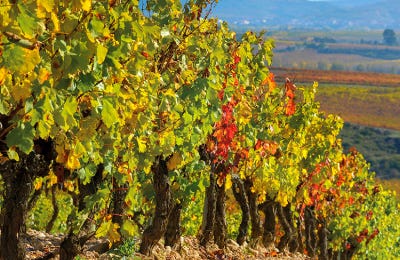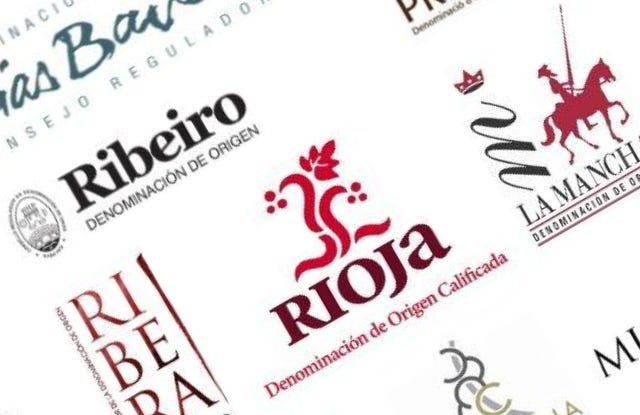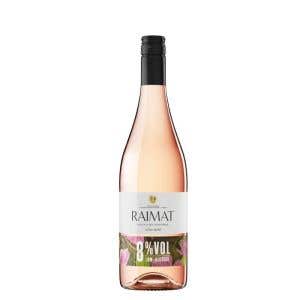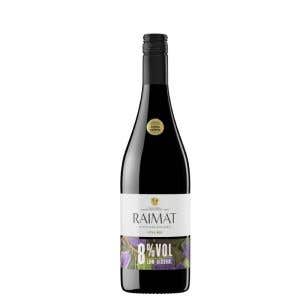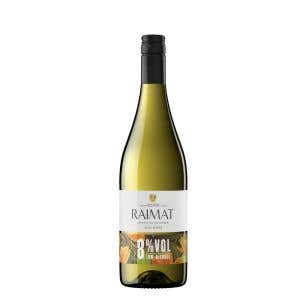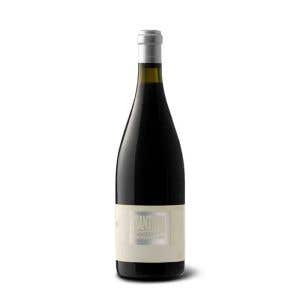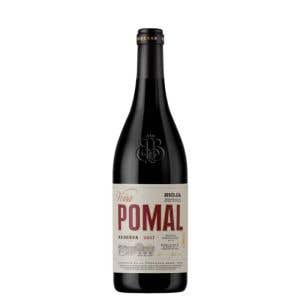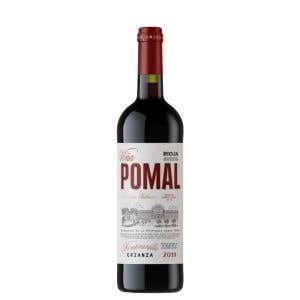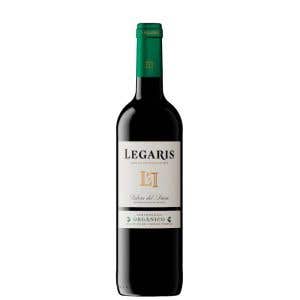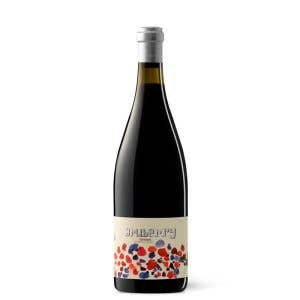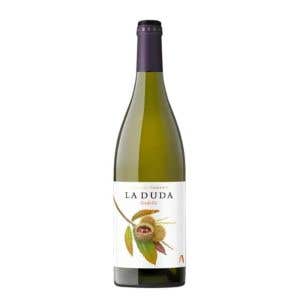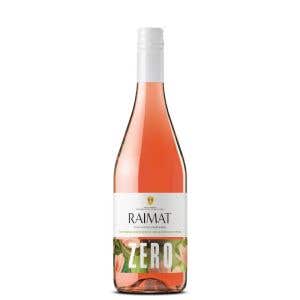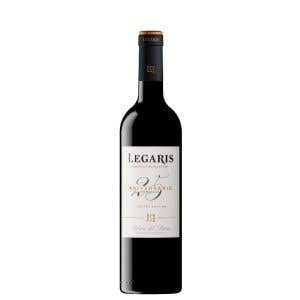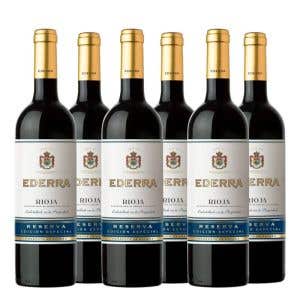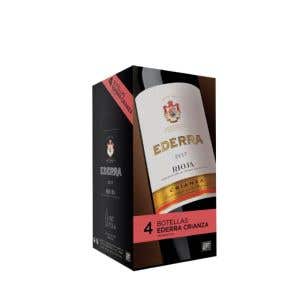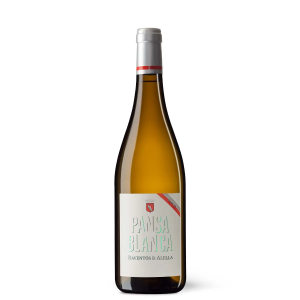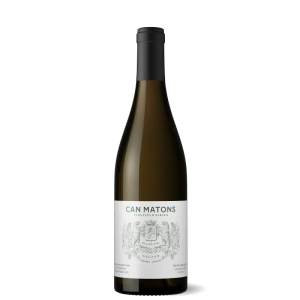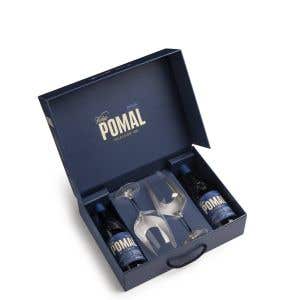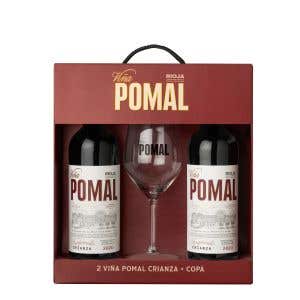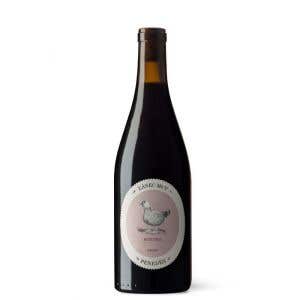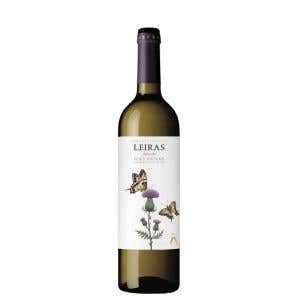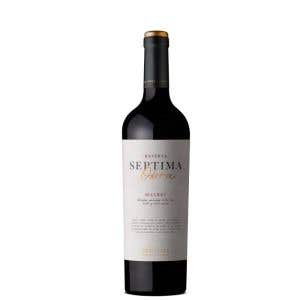Rioja and Priorat, the only DOCa
To talk about wine in our country is to speak, undoubtedly, of Rioja. The prestige and recognition of this designation of origin is the result of years of tireless work and perfect geographical and climatic conditions for the cultivation of vines. Did you know that its long history is closely linked to Bordeaux wines?
This wine region stretches across La Rioja, Basque Country, and Navarre and is divided into three different zones: the Rioja Alta, the Rioja Alavesa, and the Rioja Oriental. Up to 14 varieties of grapes are grown in this region, the main ones being Tempranillo and Viura.
The barrel-aged Rioja reds are the star product of this place, although you can also find excellent white wines and rosés.
The other region of our country distinguished with the DOCa seal is Priorat (https://www.15bodegas.com/vinos/d-o/priorat). Located in the province of Tarragona, is characterized by offering wines that combine quality and personality.
One of the keys to this region’s excellence is its unusual setting characterized by the slate soils and the terraced arrangement of the vineyards. Grenache and Carignan are the most widely used varieties when making red wines that attract attention for their concentration and complexity of flavors.
DO Rueda, the Paradise of White Wines
Rueda designation of origin refers to the wines produced in Valladolid, Segovia, and Ávila. The Continental climate, gravelly soil, and Verdejo grapes come together in this region in a masterful way to create exquisite white wines that have grown in popularity in recent times.
However, despite specialization in Verdejo, you should know that Rueda also produces wines that use other varieties of grapes. For example, Sauvignon Blanc, Macabeo, and Palomino Fino. Although, of course, in smaller quantities.
La Mancha, the largest D.O.
La Mancha has earned the nickname "the winery of Europe." It has an area of vineyards that exceeds 150,000 hectares distributed in the provinces of Albacete, Ciudad Real, Cuenca, and Toledo.
According to 2023 data, the following are distributed throughout this area: 215 wineries and 13,591 winegrowers. The most important red grape varieties grown here are Tempranillo, Syrah, Garnacha Tinta, Cabernet Sauvignon, and Garnacha Tintorera.
As for the whites, Airén, Macabeo, Verdejo, Chardonnay, Sauvignon Blanc and the Muscat grain menudo.
These are just a few of the country's most representative examples, but there are many more, 96 denominations in total. I'm sure they'll ring a bell: DO Ribera del Duero, DO Valdepeñas, DO Rías Baixas or DO Ribeiro, as they are the best known.
If you've come this far, you'll have realized the relevance of the Designation of origin of wines in Spain. In addition, the numbers and data that we have shared with you throughout the article are the best reflection of the diversity and richness presented by the wine sector in our country. At 15 Bodegas, we are delighted to bring you a little closer to the wonderful idiosyncrasies of this sector. From now on, you will be aware of all the history, tradition, and know-how that is hidden in each DO. And if you want to soak up the background on this topic, remember that you can do it through our Wine Shop online and with the Wine tourism experiences that we offer you.


